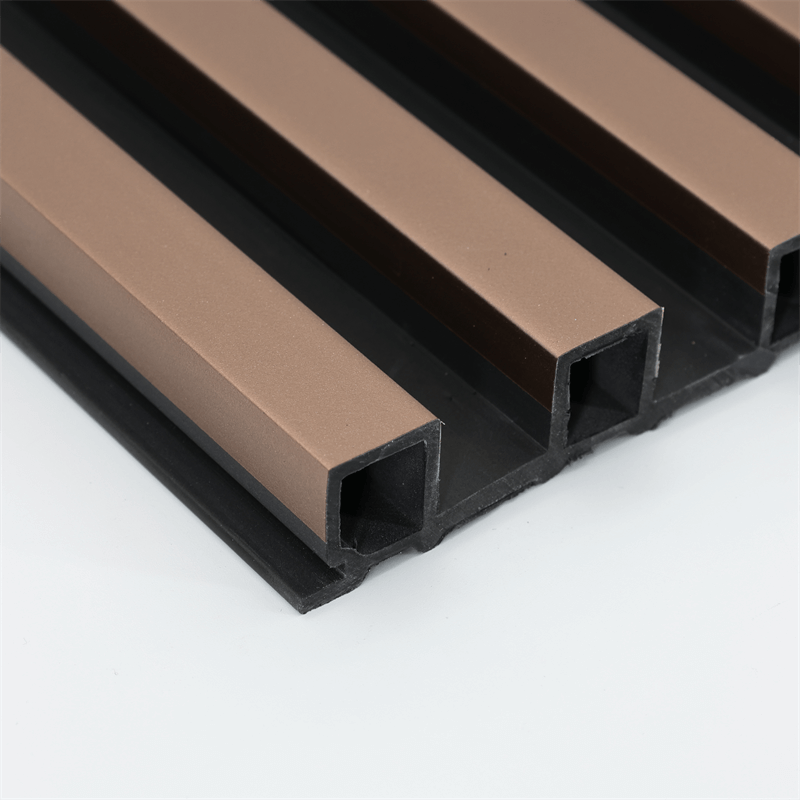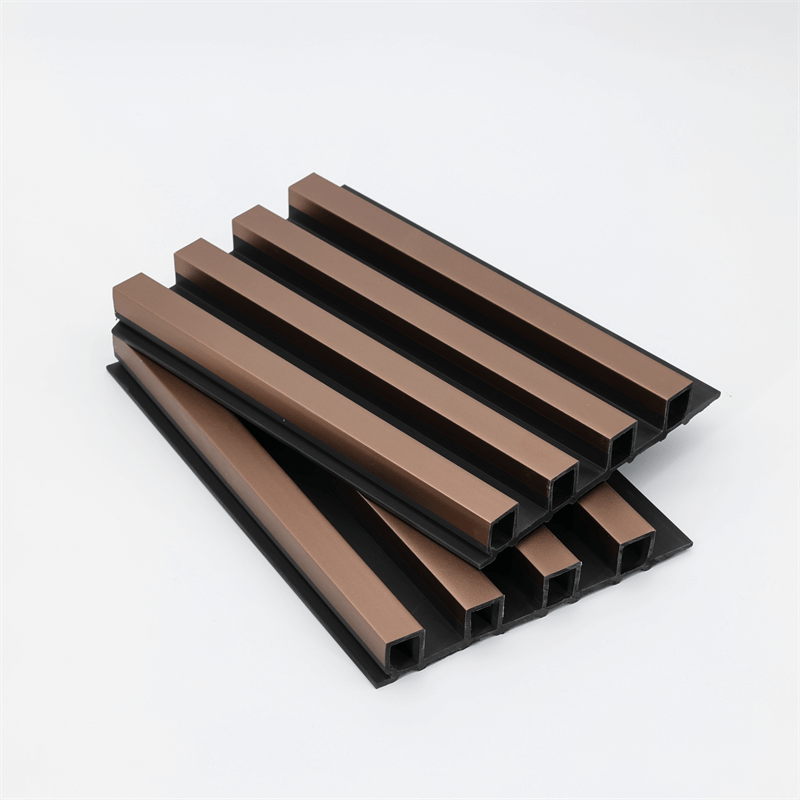High-traffic areas, such as commercial spaces, public buildings, and educational institutions, require durable and low-maintenance materials that can withstand heavy use and maintain their aesthetic appeal.
WPC (Wood Plastic Composite) wall panels have emerged as a practical choice for such environments, offering a combination of durability, resilience, ease of maintenance, and design versatility.
In this essay, we will explore why WPC wall panels are a practical choice for high-traffic areas, focusing on their durability, resistance to wear and tear, ease of maintenance, and design adaptability.
I. Durability:
One of the key factors to consider in high-traffic areas is the durability of materials used. WPC wall panels are engineered to be highly durable and able to withstand constant use, impact, and abrasion.
The combination of wood fibers and thermoplastics in WPC panels creates a robust and resilient material that can endure heavy foot traffic and potential impacts.
Unlike traditional materials like wood or drywall, WPC panels do not warp, crack, or deteriorate easily, ensuring their long-lasting performance in high-traffic areas.
They are resistant to scratches, dents, and stains, maintaining their original appearance even with frequent use.
The durability of WPC panels translates into cost savings, as they require less frequent replacement or repair compared to other materials.
II. Resistance to Wear and Tear:
High-traffic areas are prone to wear and tear due to constant foot traffic, dragging of furniture, and other activities.
WPC wall panels are designed to be highly resistant to wear and tear, making them an ideal choice for such environments.
The protective layer on the surface of WPC panels acts as a barrier against scratches, scuffs, and general signs of use.
Moreover, WPC panels have excellent dimensional stability, meaning they do not expand or contract significantly with changes in temperature or humidity.
This stability prevents issues such as warping or buckling, ensuring that the panels maintain their structural integrity and visual appeal over time.
III. Ease of Maintenance:
High-traffic areas require materials that are easy to clean and maintain. WPC wall panels offer a low-maintenance solution, reducing the time and effort required for upkeep.
Unlike materials such as natural wood or painted surfaces, WPC panels do not require regular painting, staining, or sealing.
Cleaning WPC wall panels is a simple process that involves wiping them down with a mild detergent and water.
Their smooth and non-porous surface resists the absorption of dirt, dust, and stains, making them easy to keep clean.
The low maintenance requirements of WPC panels contribute to cost savings and minimize disruptions in busy high-traffic areas.
IV. Design Adaptability:
High-traffic areas often require materials that can adapt to different design styles and aesthetics.
WPC wall panels offer a wide range of design options, allowing for customization and integration into various design themes.
They are available in different colors, textures, and finishes, enabling architects and designers to create visually appealing environments that align with the overall design vision.
WPC panels can mimic the appearance of natural materials such as wood, stone, or metal, providing versatility in design choices.
Whether aiming for a modern, rustic, or traditional look, WPC wall panels can be tailored to suit the specific requirements of high-traffic areas.

WPC wall panels are a practical choice for high-traffic areas, offering durability, resistance to wear and tear, ease of maintenance, and design adaptability.
Their ability to withstand heavy use and maintain their aesthetic appeal makes them an ideal solution for commercial spaces, public buildings, and educational institutions.
The durability of WPC panels ensures their long-lasting performance in high-traffic areas, reducing the need for frequent replacement or repair.
Their resistance to wear and tear, including scratches and dents, contributes to their longevity and visual appeal.
The ease of maintenance of WPC panels simplifies the upkeep of high-traffic areas, saving time and resources.
Furthermore, the design adaptability of WPC wall panels allows architects and designers to create visually appealing environments that align with the overall design vision.
The availability of various colors, textures, and finishes enables customization and integration into different design styles.
By choosing WPC wall panels for high-traffic areas, architects, designers, and facility managers can create durable, low-maintenance, and aesthetically pleasing environments that can withstand the demands of constant use.
The practicality and versatility of WPC panels make them a reliable and cost-effective choice for high-traffic areas where durability and visual appeal are essential.


